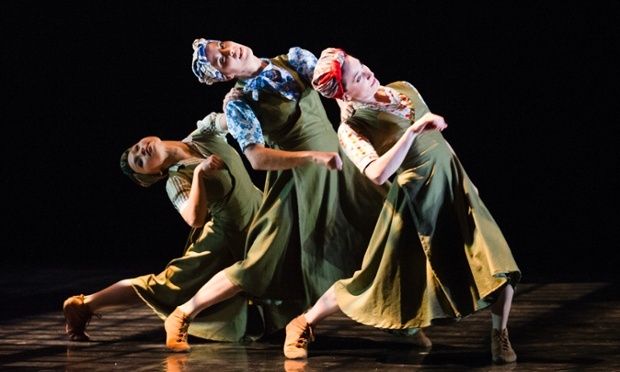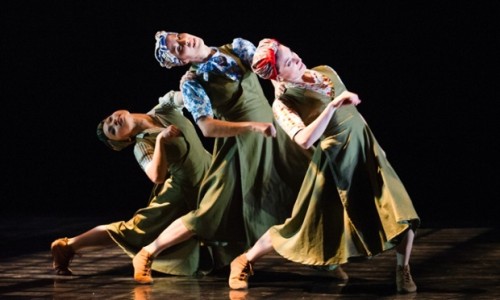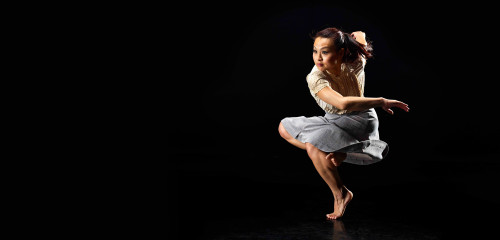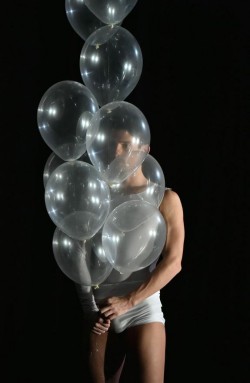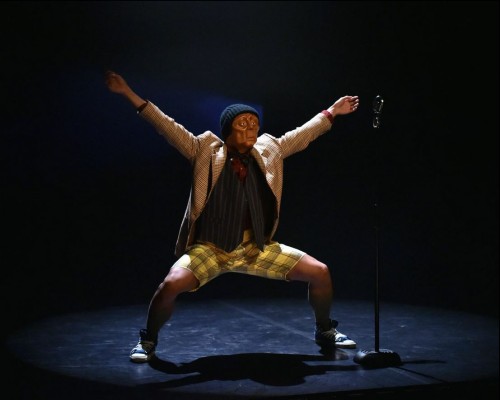It is always a cause for great expectations and high hopes when Phoenix Dance Theatre announce a new Mixed Programme, and their 2015 offering lives up to the high bar they have set for cutting edge dance theatre.
Shift sees the dancers wearing costumes appropriate for a country hoedown, split into duos, mirroring each other. The women adorn head scarves and both genders move at a hectic pace, following the insistent and relentless soundtrack by Kenji Bunch, entitled Swing Shift. Choreographer Christopher Bruce aims to conjure up life in the big city in the 1940s and certainly there is a sense of frantic activity and busyness. Alongside this is a feel of isolation, there being no time left for real relationships.
Bruce’s second piece, Shadows, has more of a perceivable narrative to it. It starts with the nuclear family around the table but then the daughter, a particularly petite dancer, goes solo, writhing and flailing around as if in panic or duress. When the mother and father approach she ends up on a piggyback, symbolising trust and close bonds.
Then Arvo Part’s soundtrack has an immense blast of dissonance and the son this time explodes into violence, frantically shifting the furniture until he hides behind the table, as if expecting the entrance of some ominous outside threat. But the father comes to comfort him and they dance together as if all had been catharsis.
The final section sees all four dancers walk in synch to the front of the stage, suitcases in hand, a journey from and to where we will never know. Though it does conjure up feelings of displacement and the loss of a home due to external circumstances. As with Shift, Shadows only hints at a narrative, but there is enough in both for us to contemplate on a symbolic level and they have a real emotional impact and force.
Sharon Watson’s Tearfall is the most ambitious of the four pieces in terms of design with Yaron Abalufia creating the image of falling teardrops with green light bulbs suspended from above and helium balloons held down by a tag. I wondered if each tag symbolised a person’s reasons for crying or emotion, sent off to the world like a message in a bottle.
But the intro is very much about science and we can see the dancers as cells or molecules protecting the eye, the most vulnerable part of our body’s exterior. You don’t have to know or understand the scientific theories behind this, it is all quite organic. And when the dance goes onto emotional tearfulness we get more of a glimpse of a holistic humanity. As the green lights ebb and flow we watch the rhythms of the cast too – brilliantly performed and insightfully devised.
Caroline Finn’s Bloom begins with a group of revellers around a table adorned with a plant that is being watered from a watering can. A clown figure takes the spotlight with a microphone stand but rather than act or commentate he just behaves surreally.
The mood changes into a hot and fluid Baltic rhythm which is quite madly matched by the troupe (yes, this is close to cirque du soleil). One of the revellers then takes the spotlight and dances to the dizzying ditty Miss Lucy Had Some Leeches. a magical solo. We have already felt for the embarrassment of the clown but once more he is teased with the song Creep (originally by Radiohead) sung by Frank Bennett.
It is he who puts all the dancers in a pile at the end, their layers of delusion and illusion stripped down to nothing but ‘true essence’ as Finn explains it. A complex piece which again gives a powerful and at times overwhelming sense of joie de vivre and jubilence with a myriad of ideas, achieved with skill and precision.
A resounding success of a programme that pushes at the boundaries of dance theatre whilst still being accessible and deeply profound.
*****Emotional, insightful
As seen at West Yorkshire Playhouse, Leeds where it runs until 14 February and touring until 28 May.
